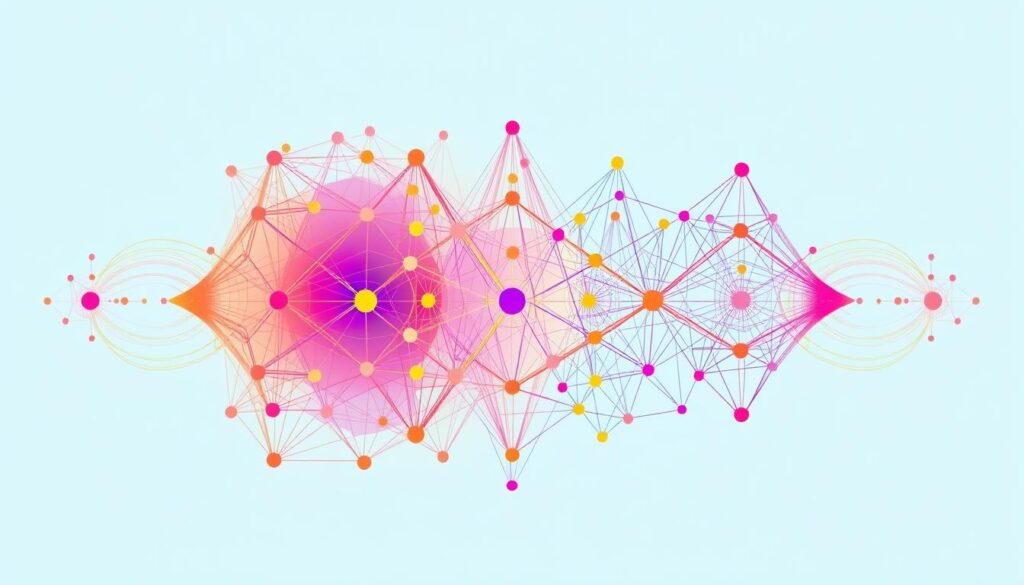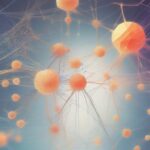In the ever-evolving domain of artificial intelligence, Convolutional Neural Networks (CNNs) have emerged as a powerful tool for pattern recognition and image processing. While the concept may appear complex at first glance, understanding CNNs is crucial for those interested in the fields of machine learning and computer vision. This article will unpack how CNNs work, their significance, and their applications across various industries.
What is a Convolutional Neural Network?
At its core, a Convolutional Neural Network is a specialized type of artificial neural network designed for processing structured grid data, particularly images. Similar to traditional neural networks, CNNs consist of interconnected layers. However, they incorporate unique mechanisms—specifically, convolutional layers that apply filters to recognize patterns, making them particularly adept at visual tasks.
The Structure of CNNs
A typical CNN architecture includes several key components:
-
Input Layer: This is where the raw image data is fed into the network. Images are composed of pixels, and each pixel has a value representing its color.
-
Convolutional Layers: Here’s where the magic happens. Convolutional layers use filters (or kernels) that slide across the input image. These filters are mathematical constructs designed to capture specific features such as edges, textures, or shapes. For example, a filter might focus on detecting corners or lines, highlighting fundamental components of the image.
-
Activation Functions: Following convolution, an activation function is applied to introduce non-linearity into the model. A popular choice is the Rectified Linear Unit (ReLU), which allows the network to learn more complex patterns.
-
Pooling Layers: These layers downsample the spatial dimensions of the feature maps created by the convolutional layers, reducing the amount of computation needed and helping to extract the most critical features. Common pooling techniques include max pooling and average pooling.
-
Fully Connected Layers: After several layers of convolutions and pooling, the CNN typically culminates in one or more fully connected layers that interpret the abstract features extracted by the convolutions, ultimately generating the final predictions.
How CNNs Work: A Step-by-Step Overview
-
Applying Filters: When an image enters the CNN, filters are applied to the input image, creating a set of feature maps that represent various characteristics of the original image.
-
Generating Feature Maps: As filters slide across the image, they analyze overlapping regions (called receptive fields). The filters produce numerical values that reflect how well the pattern aligns with sections of the image.
-
Deep Learning: As the data flows through deeper layers of the network, the filters evolve to detect increasingly abstract features. The first layers might focus on basic shapes, while deeper layers might recognize complex patterns or even entire objects.
-
Pooling: To manage complexity, pooling layers consolidate the information, retaining the most salient features while discarding irrelevant data.
-
Classification: The culmination of the CNN’s processes leads to output layers that classify the input image based on the features identified throughout the layers. This could include identifying an object, classifying the image type, or even recognizing handwritten text.
Importance of CNNs
The versatility and power of CNNs make them invaluable across various sectors:
-
Image Recognition: CNNs are extensively used in applications for identifying objects in photographs, making them fundamental to technologies like facial recognition systems and visual search engines.
-
Medical Imaging: They enhance diagnostics by analyzing medical scans, such as MRIs or X-rays. CNNs can detect anomalies, like tumors in imaging scans, improving speed and accuracy in healthcare.
-
Optical Character Recognition (OCR): By recognizing characters in images of typed or handwritten text, CNNs facilitate the digital transformation of documents.
-
Autonomous Vehicles: In self-driving technology, CNNs analyze visual inputs from cameras to detect pedestrians, road signs, and obstacles.
Conclusion
Convolutional Neural Networks represent a transformative advancement in how machines perceive and interpret visual data. Their ability to learn hierarchical features, adapt through deep learning, and apply to various practical scenarios underlines their significance in the field of artificial intelligence. As technology continues to advance, the potential applications of CNNs are expanding, reshaping industries and enhancing capabilities in untold ways. For anyone venturing into AI and machine learning, understanding CNNs is an essential step in grasping the broader technological landscape.


